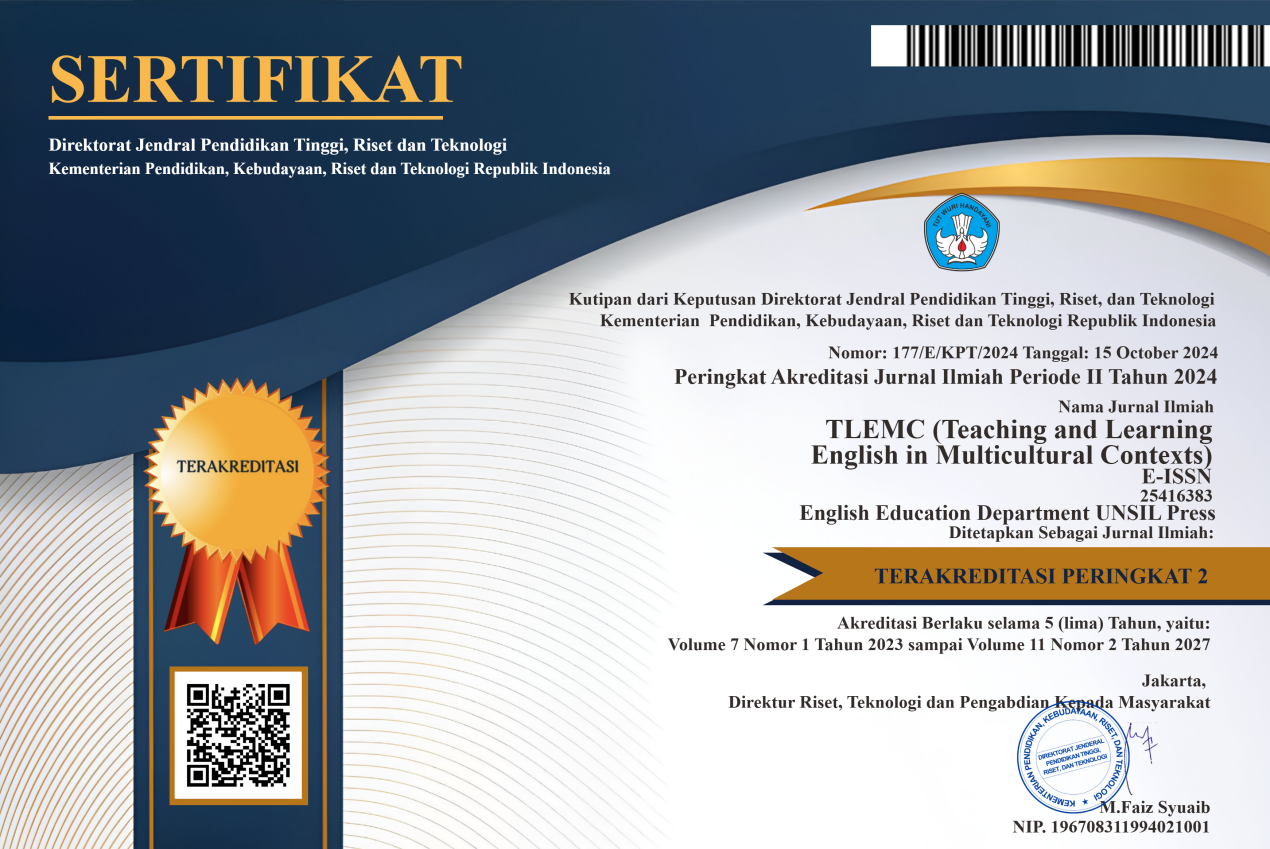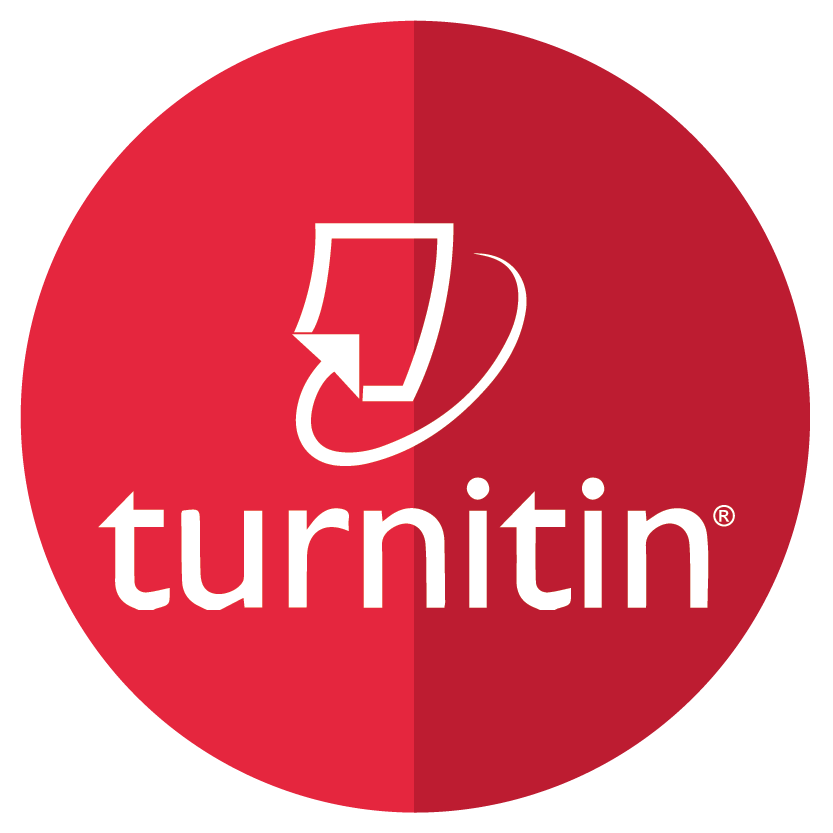FOSTERING LEARNER AUTONOMY THROUGH WEB-BASED LEARNING
Abstract
One of the requirements for nowadays adult learning is to be learner autonomy. Learner autonomy is the ability to take charge of one’s own learning. Learner autonomy can be nurtured through web-based learning. Web-based learning is a platform that can be used for individual learning needs anytime anywhere they want, in accordance, the learner is often learning without interaction with other people directly. There are some problems in implementing web-based learning in Indonesia. Students felt dissatisfied with the current system and the lack of teacher’s feedback and scaffolding. This study tried to investigate what is the learner’s perception of improving learner autonomy using web-based learning. This study is a case study. The instrument used are questionnaire and interview. This study uses analytical analysis. There are some drawbacks that demotivate the students such as the poor variety of media, the lack of teacher’s scaffolding and confirmation. Web-based learning is able to help students in sending their homework, participate in online discussion, increase their critical thinking, get immediate feedback and share ideas. For recommendation, SPOT UPI needs to be developed well to promote learner autonomy.
Full Text:
PDFReferences
Chandra, V., & Watters, J. J. (2012). Re-thinking physics teaching with web-based learning. Computers and Education, 58(1), 631–640. https://doi.org/10.1016/j.compedu.2011.09.010
Cook, D. (2007). Web-based learning: pros, cons. Medical Education, 7(1), 37–42. https://doi.org/10.7861/clinmedicine.7-1-37.
Deejring, K. (2014). The design of web-based learning model using collaborative learning techniques and a scaffolding system to enhance learners’ competency in higher education. Procedia - Social and Behavioral Sciences, 116, 436–441. https://doi.org/10.1016/j.sbspro.2014.01.236
Dornyei, Z. (2011). Research Methods in Applied Linguistics: Qualitative, Quantitative, and Mixed Methodologies (5th ed). Spain. Oxford University Press.
Elida, T., Nugroho, W., & Suyudi, I. (2012). Cost effectiveness of web based learning. Procedia - Social and Behavioral Sciences, 65(ICIBSoS), 1071–1076. https://doi.org/10.1016/j.sbspro.2012.11.373
Fan, Q., & Li, L. (2011). Web-based collaborative learning. Procedia Environmental Sciences, 11(PART A), 189–192. https://doi.org/10.1016/j.proenv.2011.12.029
Gonzalez, D., & St Louis, R. (2006). The use of web 2.0 tools to promote learner autonomy. Retrieved April, 30, 2009. https://doi.org/10.1016/S1047-8310(96)90015-2
Harmer, J. (2007). The practice of English language teaching. Malaysia: Pearson Education Limited.
Holec, H. (1981). Autonomy in foreign language learning. Oxford. UK: Peramon.
Khosrow-Pour, M. (2002). Web-based instructional learning. Hershey. USA: IRM Press.
Kuhn, B. & Cavana, M. L. P. (2012). Perspective from the European language portfolio: learner autonomy and self assessment. USA: Routledge.
Othman, M. S., Suhaimi, S. M., Yusuf, L. M., Yusof, N., & Mohamad, N. (2012). An analysis of social network categories: social learning and social friendship. Procedia - Social and Behavioral Sciences, 56(Ictlhe), 441–447. https://doi.org/10.1016/j.sbspro.2012.09.674
Scharle, A., & Szabo, A. (2000). Autonomy in language learning a guide to developing learner responsability (3rd ed.). Cambridge: Cambridge University Press.
Şenyuva, E., & Kaya, H. (2014). Effect self-directed learning readiness of nursing students of the web based learning. Procedia - Social and Behavioral Sciences, 152, 386–392. https://doi.org/10.1016/j.sbspro.2014.09.217
Stake, R. E. (1995). The art of case study. California, USA: Sage
Verschuren, P. J. (2003). Case study as a research strategy: some ambiguities and opportunities. International Journal of Social Research Methodology, 6(2), 121-139. Doi:10.1080/13645570110106154
Wang, M., Cheng, B., Chen, J., Mercer, N., & Kirschner, P. A. (2017). The use of web-based collaborative concept mapping to support group learning and interaction in an online environment. Journal of The Internet and Higher Education. doi: 10.1016/j.iheduc.2017.04.003
Willmot, P., & Crawford, A. (2007). Peer review of team marks using a web-based tool: an evaluation. Engineering Education, 2(1), 59–66. https://doi.org/10.11120/ened.2007.02010059
Zdravkova, K. (2016). Reinforcing social media based learning, knowledge acquisition and learning evaluation. Procedia - Social and Behavioral Sciences, 228(June), 16–23. https://doi.org/10.1016/j.sbspro.2016.07.003.
DOI: https://doi.org/10.37058/tlemc.v3i1.1002
Refbacks
- There are currently no refbacks.
INDEXED BY:
This work is licensed under a Creative Commons Attribution-NonCommercial-ShareAlike 4.0 International License.
![]()
TLEMC (Teaching and Learning English in Multicultural Contexts)
Program Studi Pendidikan Bahasa Inggris
Fakultas Keguruan dan Ilmu Pendidikan
Universitas Siliwangi
Jl. Siliwangi No. 24 Kota Tasikmalaya - 46115
email: tlemc@unsil.ac.id





